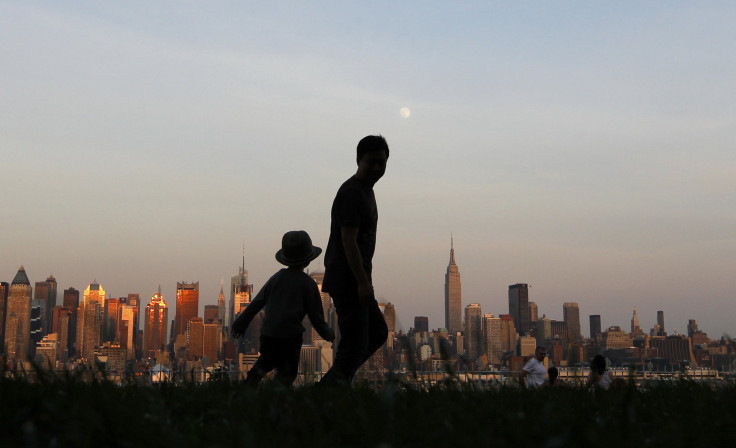When Does Summer 2016 End? The Last Day Before The Fall Equinox
Drake is going to have to write a new song. Summer 2016 is just about over.
Labor Day marks the ceremonial end of summer with kids on their way back to school and adults sneaking in one last weekend get-away before settling in for the fall. However, the official end of summer is still a few weeks away. This year, the true last day of summer is on Sept. 22, the same day as the fall equinox, which signals the season changeover.
An equinox occurs when the plane of Earth's equator passes through the center of the Sun. It occurs twice per year, the spring equinox in March and the fall equinox in September. At the equinox, daytime and nighttime extend about the same length of time and the sun appears directly overhead at noon. The fall equinox triggers the onset of shorter days in the Northern Hemisphere. The converse is the summer solstice and winter solstice, which occur when the sun reaches its highest or lowest point relative to the equator. The term equinox is derived from the Latin words aequus, which means equal, and nox, the word for night.

The observance of the equinox dates back to pagan mythology. According to Mental Floss, the equinox is called Mabon, or Second Harvest and is a time to give thanks for the summer and reflect on the coming darkness of winter. It is also a time of preparing for Samhain (Oct. 31 to Nov. 1), one of the largest pagan festival that signals the start of winter. Some Wiccan rituals for Mabon include building an altar with harvest fruits and vegetables, meditating on balance, gathering and feasting on apples, offering apples to the goddess and sharing food.
Non-Pagans can still have fun with the equinox, as well. The day is the perfect opportunity to find "due east" and "due west," so those who find themselves north of the equator that day can find a scenic sport and take in a perfect sunrise or sunset.
© Copyright IBTimes 2024. All rights reserved.












